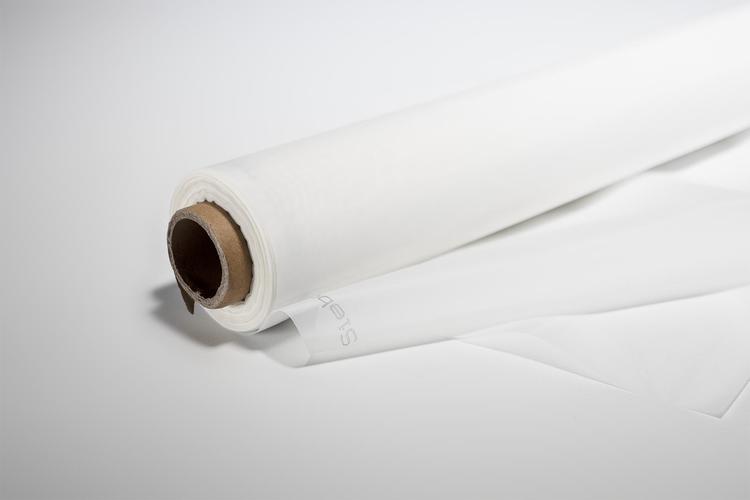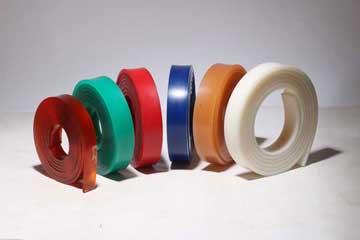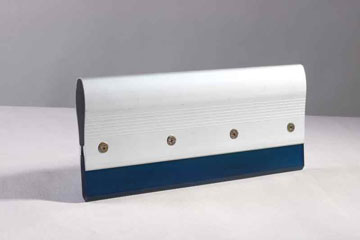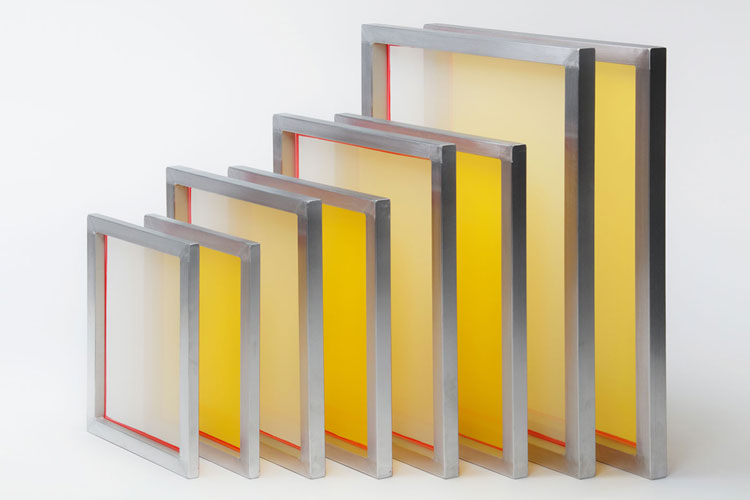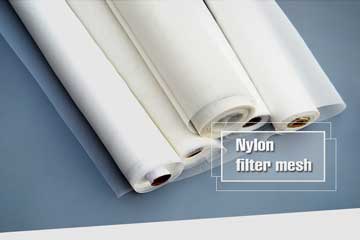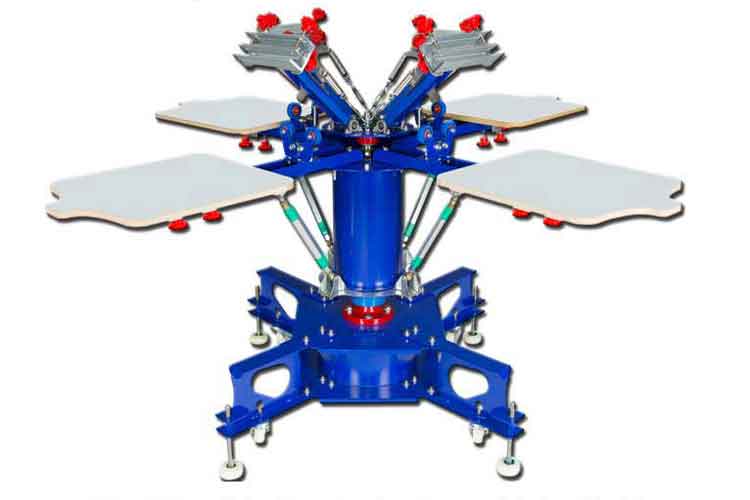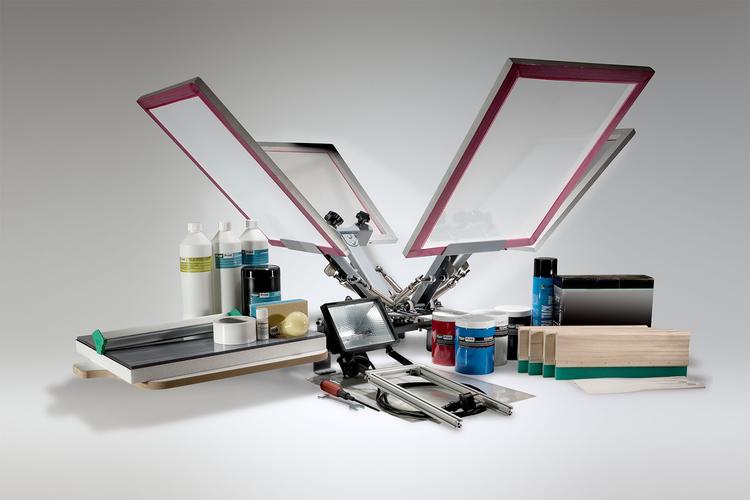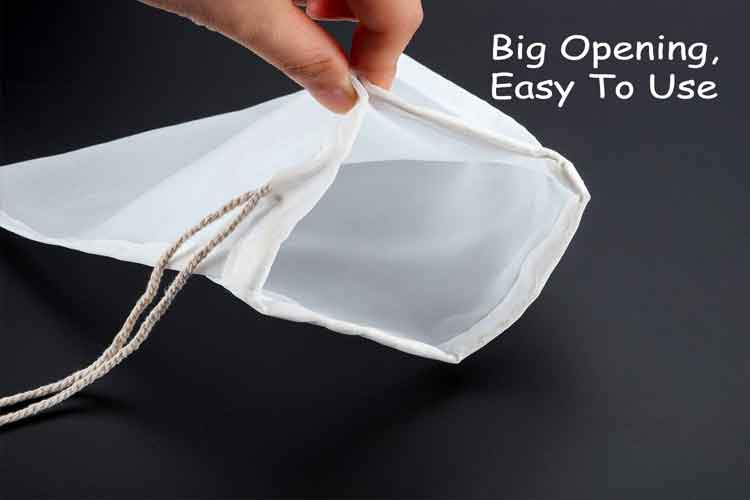The Power of Precision: Choosing the Right Silk Screen Squeegee Rubber
The right silk screen squeegee rubber is not just a tool—it’s a performance enhancer that directly influences print quality, production speed, and long-term reliability. By understanding blade materials, durometer options, edge profiles, and maintenance r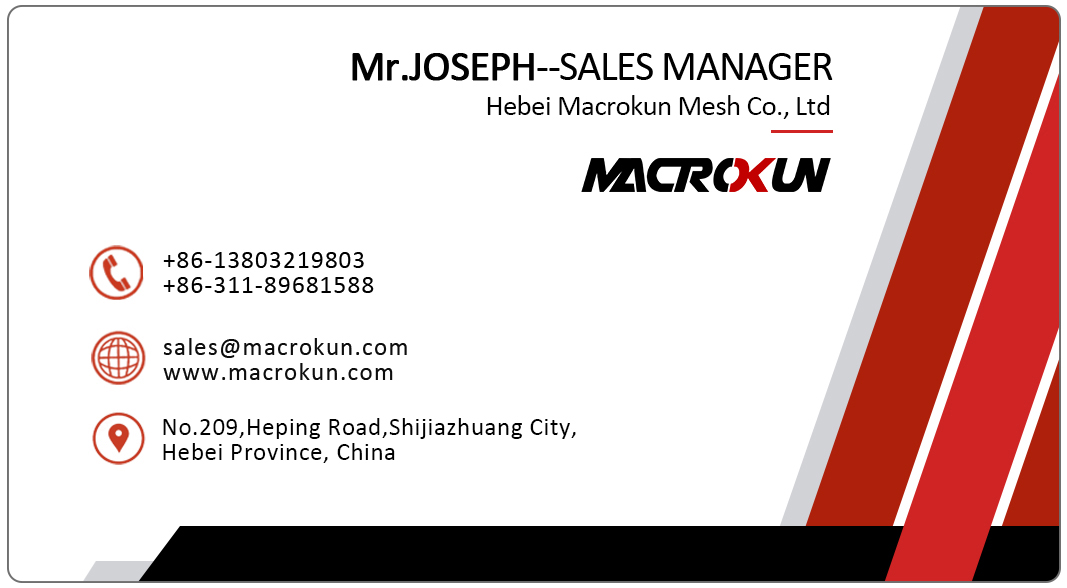
In the world of screen printing, every detail matters. From the mesh count of your screens to the type of ink you use, success depends on a perfect balance of materials and technique. At the heart of that process is a critical component: silk screen squeegee rubber. Often overlooked but never unimportant, squeegee rubber is the tool that physically drives ink through your mesh onto your substrate, making or breaking the quality of every print.
Whether you're producing promotional t-shirts, fine art prints, or custom packaging, understanding how to choose the right silk screen squeegee rubber can dramatically improve your print quality, reduce errors, and boost productivity. This article covers the essentials: industry context, product breakdown, critical features, selection advice, maintenance tips, real-world use cases, and why our squeegee rubber is trusted by professionals across industries.
.jpg)
Understanding the Market for Silk Screen Squeegee Rubber
Search results for "silk screen squeegee rubber" on Google reveal several key themes:
-
Material Composition – Most articles emphasize polyurethane and natural rubber as common materials, highlighting their resistance to solvents, longevity, and consistent flex.
-
Durometer Ratings – The concept of “durometer,” or blade hardness, dominates many descriptions. It is central to ink control and is presented in Shore A ratings (usually between 50 and 90).
-
Blade Edge Types – Resources commonly differentiate between square, round, and beveled edges, each suited to a different style of print.
-
Use Cases – Vendors and experts frequently categorize products by their ideal applications—textile, graphics, bottle printing, etc.
-
Maintenance Tips – Guides often include recommendations on how to clean, store, and replace rubber to preserve print quality.
This insight highlights the importance of an informed selection process—your choice of silk screen squeegee rubber directly affects every aspect of your production.
What Is Silk Screen Squeegee Rubber?
At its core, silk screen squeegee rubber is the flexible blade material installed into a squeegee handle. As the squeegee is pulled or pushed across a screen, the rubber blade presses ink through the stencil onto the printing surface. While it might appear simple, the physical properties of the rubber are finely tuned to deliver exact results under varying conditions.
Main Components:
-
Material: Typically made from polyurethane or natural rubber.
-
Durometer: A measure of hardness; it affects how much pressure is applied and how the blade flexes during a pass.
-
Profile: The shape of the edge—square, round, or beveled—determines how ink is deposited.
Squeegee rubber is sold in pre-cut lengths, coils, or pre-installed in handles. Its lifespan and performance depend heavily on correct use, proper maintenance, and matching the rubber characteristics to the job at hand.
Key Features of High-Quality Squeegee Rubber
When selecting squeegee rubber for your screen printing operation, there are several important characteristics to consider:
1. Material Quality
-
Polyurethane: Highly durable, solvent-resistant, and stable under heavy use. Excellent for long runs and industrial work.
-
Natural Rubber: More flexible and tacky, often preferred for water-based inks or specialty applications but generally wears faster.
2. Durometer (Hardness)
-
Soft (50–60 Shore A): Ideal for heavy ink deposits on rough or absorbent materials like textiles or wood.
-
Medium (65–75 Shore A): The most versatile option, suitable for a wide range of fabrics and graphics.
-
Hard (80–90 Shore A): Designed for fine details, small text, or graphics requiring minimal ink laydown.
3. Edge Profiles
-
Square Edge: Delivers an even layer of ink; preferred for general printing tasks.
-
Beveled Edge: Ideal for cylindrical surfaces or specific angles; helps reduce edge drag.
-
Round Edge: Used in specialty applications where a gentler touch is needed.
4. Resistance to Wear and Chemicals
Good quality silk screen squeegee rubber resists swelling, cracking, and warping when exposed to harsh inks, solvents, and pressure.
Choosing the Right Squeegee Rubber
Finding the correct rubber comes down to balancing three things: the ink you're using, the surface you’re printing on, and the design requirements.
Based on Ink Type:
-
Plastisol Inks: Medium to hard durometer polyurethane blades are ideal.
-
Water-Based Inks: Softer rubber can help push thinner ink through the mesh.
-
UV Inks: Harder rubber provides sharp edges and faster printing.
Based on Surface/Substrate:
-
Fabric (T-Shirts, Hoodies): Soft to medium rubber with a square edge offers excellent coverage.
-
Paper and Plastics: Use harder rubber to prevent smudging and over-inking.
-
Textured Surfaces: Softer blades help reach grooves and uneven areas.
Based on Print Size and Detail:
-
Large, Bold Prints: Softer durometer for heavy coverage.
-
Small Fonts or Thin Lines: Harder blades help maintain precision.
Choosing the right configuration ensures ink is laid down cleanly and consistently across all materials and mesh types.
Maintenance Tips for Squeegee Rubber
Proper care extends the lifespan of your rubber and keeps prints looking professional.
Clean Immediately
After each print run, clean the blade with a suitable solvent. Dried ink reduces blade flexibility and damages edges over time.
Store Correctly
Store blades flat and away from direct sunlight or extreme heat. Avoid hanging blades from just one end to prevent warping.
Rotate Use
Using the same edge over and over wears it out unevenly. Rotate your blade orientation or flip it to use both edges evenly.
Regrind or Replace
When edges become nicked or uneven, regrind them if possible, or replace the rubber. Worn blades result in uneven ink coverage and fuzzy edges.
Why Choose Our Silk Screen Squeegee Rubber?
Our product line is engineered to meet the diverse needs of commercial and artisanal screen printers. Here’s why professionals rely on our silk screen squeegee rubber:
1. Superior Polyurethane Formulation
We use only premium-grade polyurethane with exceptional resistance to solvents, wear, and pressure. This ensures longer lifespan and consistent print quality.
2. Full Durometer Range
From soft 50 Shore A to ultra-hard 90 Shore A, we carry all the options so you can match the blade to your application.
3. Customizable Profiles and Sizes
Choose from square, bevel, and round edges in widths and thicknesses to suit any squeegee handle or press setup.
4. Consistent Quality
Our rubber undergoes strict quality control for hardness, dimensional accuracy, and material purity—so each blade performs to exact standards.
5. Bulk Availability
Whether you need one meter or a full production coil, we offer competitive pricing and timely delivery to support any scale of operation.
Our squeegee rubber is trusted by screen printing shops, textile manufacturers, and graphic designers who demand top-tier performance.
Use Cases
Here are real-world scenarios that demonstrate the versatility and value of our squeegee rubber:
Case 1: Apparel Print Shop
A local t-shirt printer struggled with inconsistent ink coverage and edge bleed. After switching to our 70 Shore A square-edge rubber, they saw a 30% drop in misprints and faster cleanup between runs.
Case 2: Art Print Studio
An artist printing high-contrast graphics on poster stock chose our 85 Shore A bevel-edge blade. The precision of the hard rubber improved image sharpness and reduced ink bleed, resulting in gallery-ready prints.
Case 3: Packaging Producer
A packaging company needed soft rubber for printing on textured cardboard. Our 60 Shore A rounded-edge blade helped them deliver cleaner logos on recycled surfaces without over-inking or missing spots.
Final Thoughts
The right silk screen squeegee rubber is not just a tool—it’s a performance enhancer that directly influences print quality, production speed, and long-term reliability. By understanding blade materials, durometer options, edge profiles, and maintenance routines, you can significantly improve your printing outcomes and reduce waste.
Assess your current setup: are your blades matched to your inks and substrates? Do your prints require more precision or heavier coverage? Are your edges clean and uniform?
Take action today—upgrade to a better quality squeegee rubber tailored to your specific needs and elevate every print to a professional level. With the right tools in your hands, your screen printing business can achieve more vibrant colors, sharper lines, and greater consistency across every job.
Pre:Mastering Silk Screen Printing Squeegee for Flawless Prints
Next:Elevate Your Prints with the Speedball Screen Printing Squeegee
Tags:
